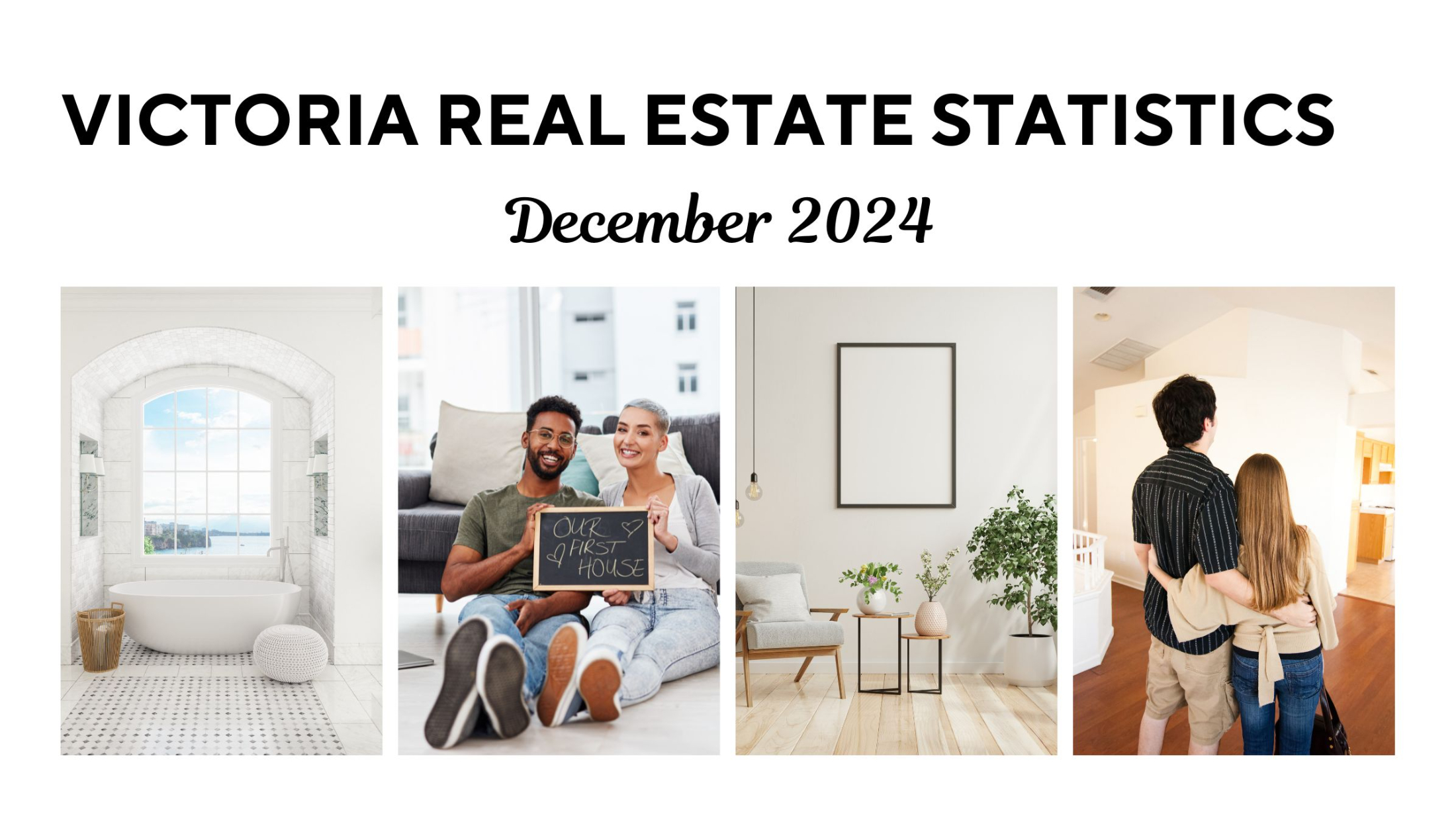August 1, 2025 A total of 680 properties sold in the Victoria Real Estate Board region this July, 4.6 per cent more than the 650 properties sold in July 2024 and 10.6 per cent fewer than in June 2025. Sales of condominiums increased by 5.6 per cent from July 2024 with 225 units sold. Sales of single family homes decreased by 0.3 per cent from July 2024 with 318 sold.
"Typically, as the school year wraps up and summer holidays begin, our housing market relaxes somewhat," said 2025 Victoria Real Estate Board Chair Dirk VanderWal. "However, we did see a good pace of sales in July, and listing inventory remained at a stable level. This means that those shopping over the summer will have a good selection of homes to consider but it also means there is enough market activity that we could see some properties go into multiple offers."
There were 3,703 active listings for sale on the Victoria Real Estate Board Multiple Listing Service® at the end of July 2025, a decrease of 2 per cent compared to the previous month of June and a 10.6 per cent increase from the 3,348 active listings for sale at the end of July 2024.
"The conclusion of July also signals the traditionally busy spring market is officially over," adds Chair VanderWal. "Overall, I think the level of activity over the course of the spring surprised many, who were unsure how the real estate market would be impacted by economic and trade uncertainties. But throughout 2025, we have seen positive indicators of a healthy and stable market, with consistent levels of listing inventory higher than we've seen in recent years along with reasonably flat and predictable pricing. Moving into the late summer and then into fall when sales often increase, consumers should enjoy a good selection of properties and the time to make decisions. It's a great time to connect with your favourite local REALTOR® for expert assistance and up-to-the-minute insights on the market if you are considering a sale or purchase."
The Multiple Listing Service® Home Price Index benchmark value for a single family home in the Victoria Core in July 2024 was $1,296,100. The benchmark value for the same home in July 2025 increased by 3.3 per cent to $1,338,800, up from June's value of $1,325,400. The MLS® HPI benchmark value for a condominium in the Victoria Core area in July 2024 was $567,800 while the benchmark value for the same condominium in July 2025 decreased by 0.8 per cent to $563,300, up from the June value of $562,800.




















